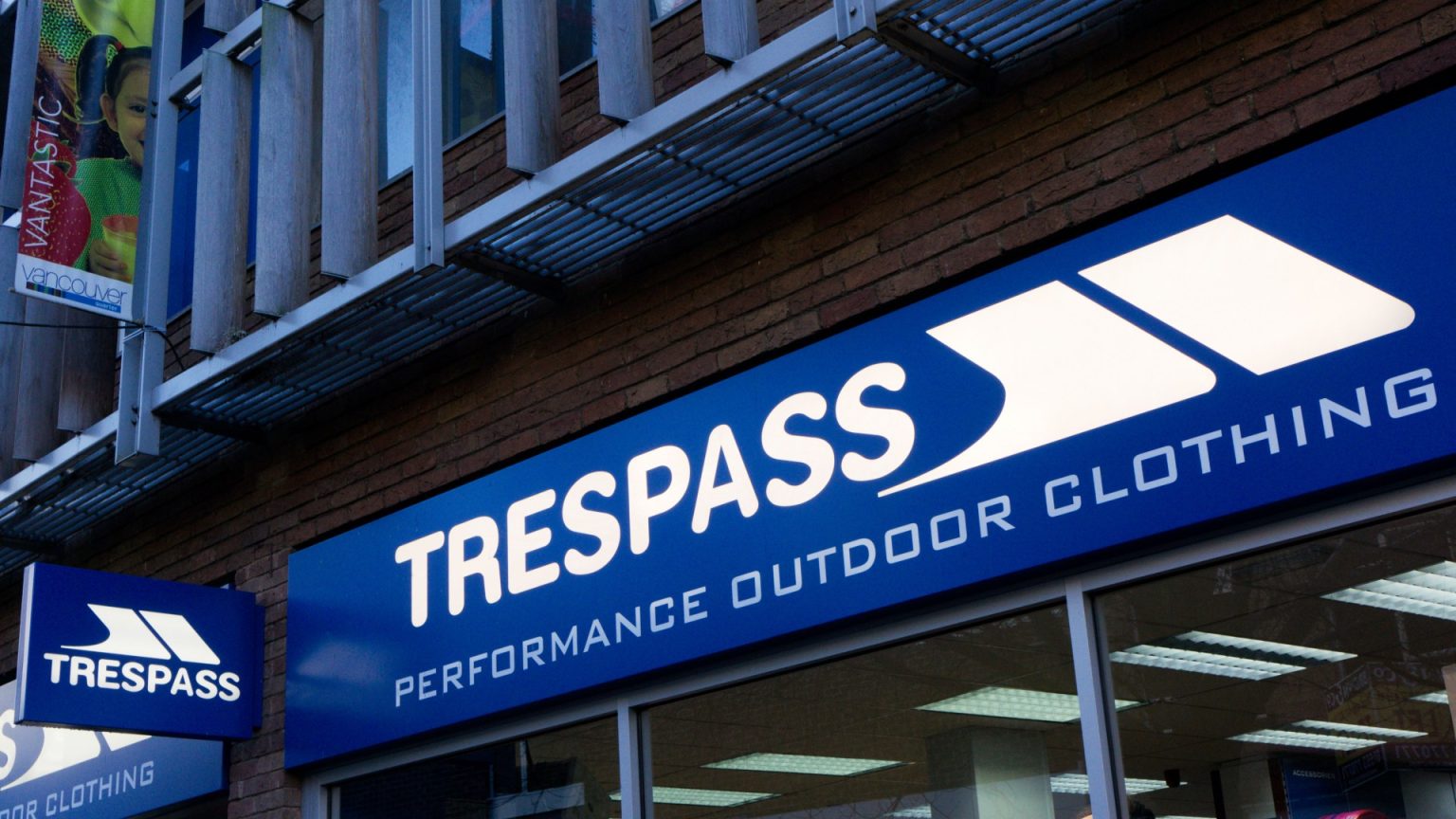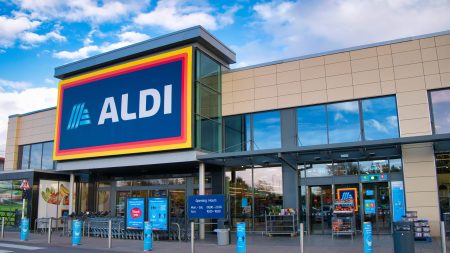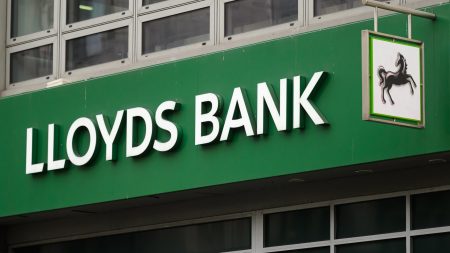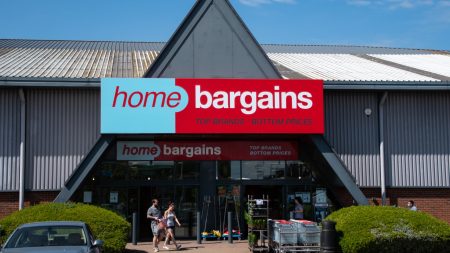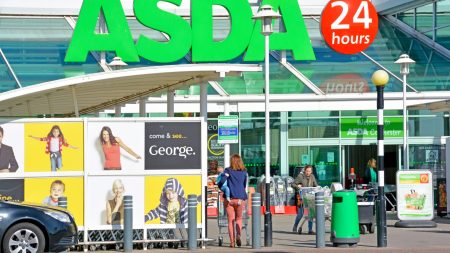The outdoor clothing retailer, Trespass, is closing its Middlesbrough location in the Hillstreet Shopping Centre less than two years after its grand opening. The store, which occupied a space formerly held by Monsoon, is currently holding a closing down sale, with signage indicating that “everything must go.” This closure has sparked disappointed reactions from local residents, with some expressing a lack of surprise and others lamenting the short lifespan of the store. While the exact closure date remains unannounced, it follows a trend of store closures by Trespass, including locations in Norwich and Sutton Coldfield announced in July 2023. However, the brand has also shown signs of resilience by securing a new location in Norwich following the closure of its previous site in the city.
The Trespass closure reflects the broader challenges facing brick-and-mortar retail in the UK. The high street has experienced significant turmoil in recent years, with factors like the rise of online shopping, high business rates, increasing employment costs, and soaring inflation impacting retailers’ profitability. Consumers are increasingly opting for the convenience and often lower prices offered by online retailers, putting pressure on physical stores to adapt or face closure. These economic pressures, coupled with changing consumer habits, have created a difficult environment for businesses operating in physical locations.
The retail sector is bracing for a difficult 2025, with predictions of widespread store closures and job losses. The Centre for Retail Research (CRR) has forecast the closure of approximately 17,350 retail sites in 2025, following a trend of increasing closures in recent years. This bleak outlook follows a challenging 2024, which saw over 13,000 shops close, a significant increase compared to the previous year. The CRR director, Professor Joshua Bamfield, has expressed concern over the escalating number of closures and the potential for even worse outcomes in 2025.
The challenges faced by retailers are multifaceted. Rising business rates and operating costs, along with increased employment costs, are squeezing profit margins. Inflationary pressures are further impacting consumer spending, reducing discretionary income available for non-essential purchases. The cumulative effect of these factors creates a perfect storm for retail businesses, particularly those operating in physical locations with higher overhead costs.
The increase in employer National Insurance Contributions (NICs) is projected to add further strain on the retail sector, with the British Retail Consortium estimating a £2.3 billion cost to the industry. This added expense further complicates the already challenging environment for retailers, adding to the pressure on profitability and potentially leading to further price increases for consumers. The British Chambers of Commerce has also reported that a majority of businesses are anticipating price increases, driven primarily by the rising cost of employment.
The combined effects of increased costs for businesses and reduced spending power for consumers paint a grim picture for the retail landscape in 2025. Professor Bamfield has warned that job losses in the retail sector could exceed the levels seen during the height of the pandemic in 2020. He attributes this potential outcome to the confluence of factors driving up business costs and impacting household budgets. The challenging environment suggests that the retail sector is likely to undergo further restructuring and adaptation as businesses seek to navigate these difficult economic conditions.





